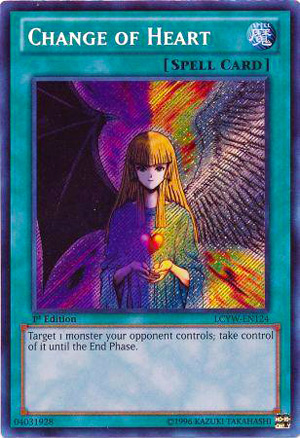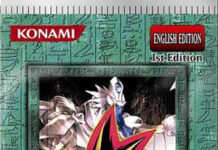This article can apply to various card games. Let’s say you’re a newer player, or a player returning after a long break, and you’re reading what a card does for the first time.

How do you know if it’s good or bad?
These are a list of factors to consider. These are not litmus tests. It’s possible for a card to fail in one of these categories and still be very good.
But more often than not, when a card’s strength is overestimated or underestimated, it’s usually because of these reasons.
- Self-Sufficiency. Requiring another card to be in the hand/field/discard pile can be fine if there are plenty of targets for it. But if you require a very specific card, or requires 2-3 other cards for it to work, then it becomes inconsistent, so it would be really strong to make up for this downside.
- Card Advantage. Does it help you add cards to your field or hand or take away cards from the opponent’s hand. If a card has a discard or sacrifice cost, does it have an effect that helps you replace what you lost?
- Speed. “How long does it take for you to get value from this card?”
It’s much better to get value as soon you play the card, than say at the end of the turn after you’ve attacked, or at some point during the next turn.
- When you play a card, you’re using up a card and possibly spending some kind of cost. If it takes a turn or 2 just to break even, then it’s too slow.
- If a card can take a turn or two just to break even
- Utility: “Does this card have an effect other than just big attacking power?”
Typically, a creature that just has big stats but no effect doesn’t scale well late-game. Or spells/equips/enchantments that just boost stats and do nothing else. Stats can sometimes matter for aggro decks, but less so for mid-range or control decks.
- Interactivity
If a card can be activated in response to the opponent’s cards and/or is able to be activated on their turn, even if the effect doesn’t seem strong, it can be really good due to the versatility. Conversely a card that can only be used during your turn and can’t be used in the middle of combat, might need to be held to a higher standard to be good.
- Win Conditions: “Is it suited for Aggro or Control”?
Essentially, the card’s strengths and weaknesses should be aligned with your deck’s win conditions. Aggro = win fast, swarm the board, deal damage. Control = prolong the game, gain card advantage and/or destroy the opponent’s creatures.
A card may be bad for one of these win conditions, but good for another.
Many cards are terrible because they’re not good for either. For example, if a card has a high cost and is slow, but also doesn’t help card advantage. In that case, aggro wouldn’t use it because it’s too slow and expensive. While control will avoid it because, while it can tolerate the cost and slowness, it doesn’t help that decks win condition.



